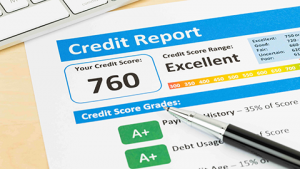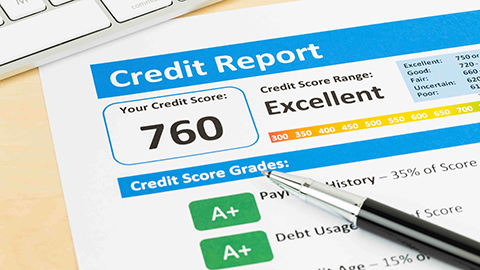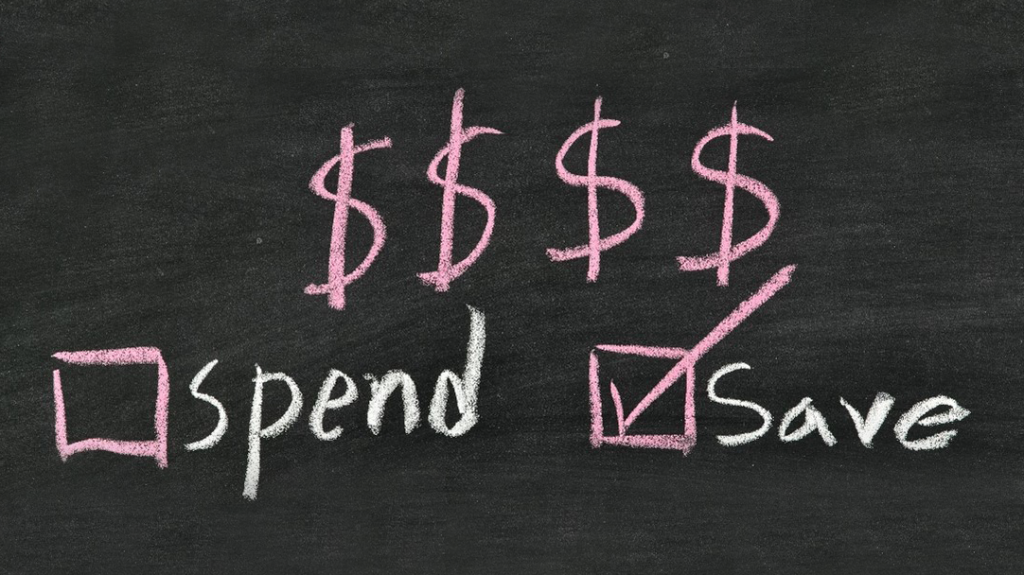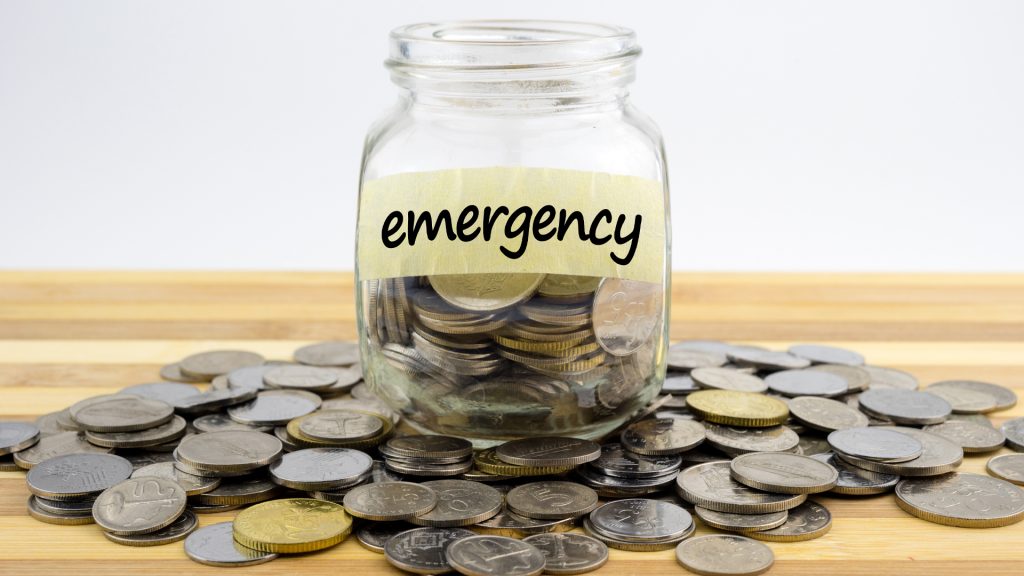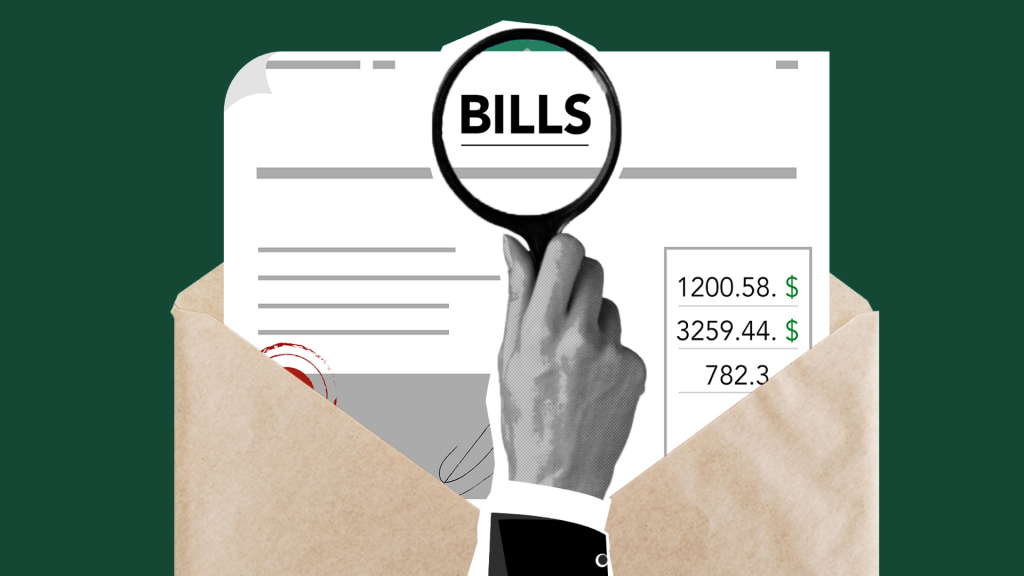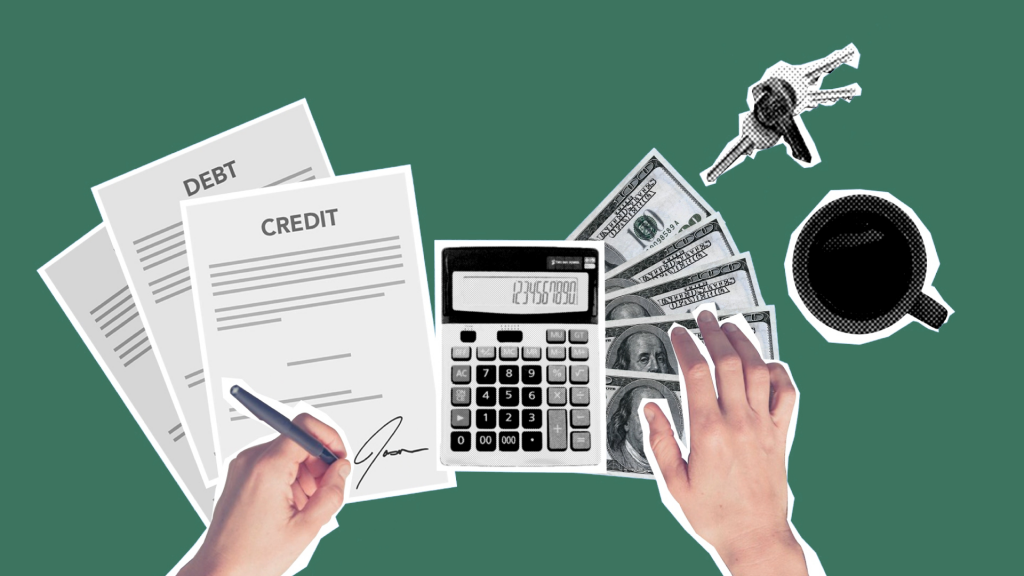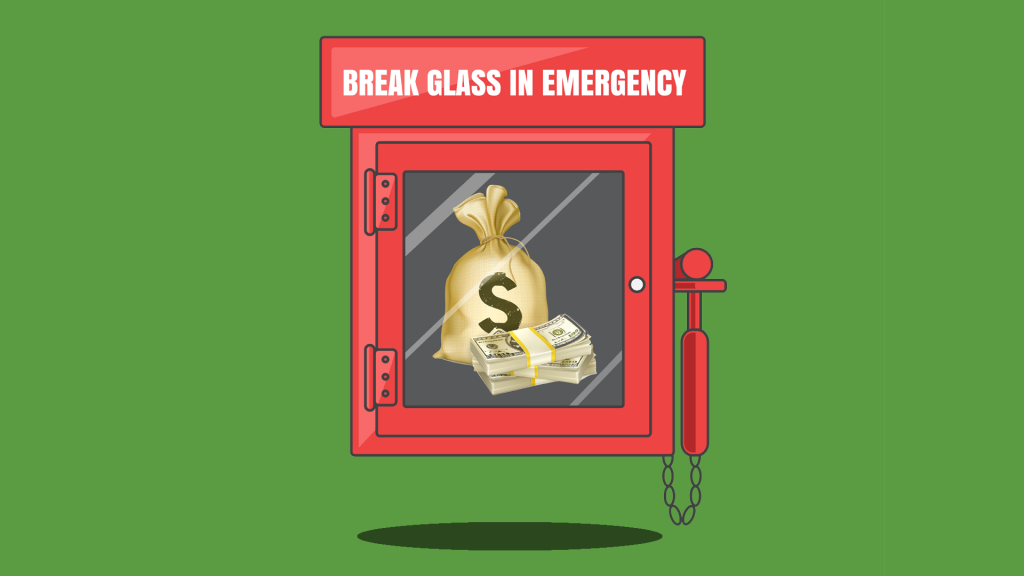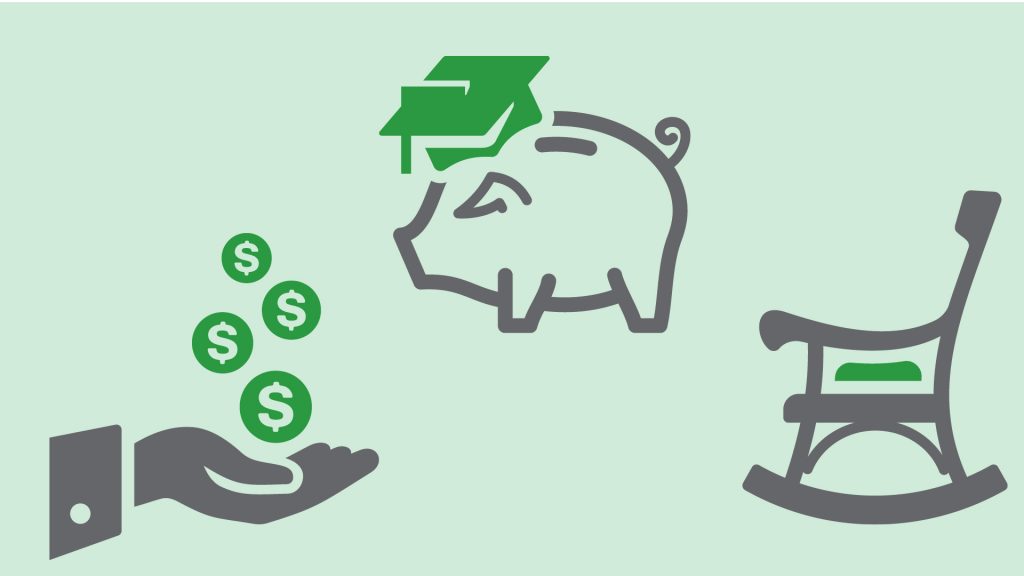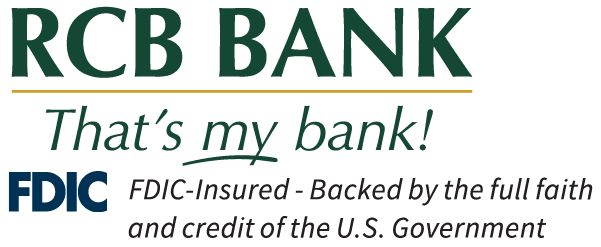
As we enter 2025, financial fitness has emerged as the next big wellness trend. Just like physical and mental health, your financial well-being plays a crucial role in your overall quality of life. Here are some key strategies to help you build your money muscles and achieve financial wellness:
Create a Budget and Stick to It
The foundation of financial fitness is a well-planned budget. Track your income and expenses, categorize your spending and identify areas where you can cut back. Set realistic financial goals and allocate your resources accordingly[1].
Automate Your Savings
Make savings a habit by setting up automatic transfers to your savings account. This “set it and forget it” approach ensures you consistently build your financial cushion without having to think about it[3].
Invest in Your Financial Education
Take advantage of free online courses, webinars and seminars to improve your financial literacy. Understanding concepts like investing, debt management and retirement planning will empower you to make informed decisions about your money.
Build an Emergency Fund
Aim to save three to six months’ worth of living expenses in an easily accessible account. This financial safety net will protect you from unexpected setbacks and reduce stress during challenging times[2].
Regularly Review Your Financial Health
Schedule periodic check-ins to assess your progress and adjust your strategies as needed. Consider working with a financial advisor to get personalized guidance and ensure you’re on track to meet your long-term goals[3].
By incorporating these habits into your daily life, you’ll be well on your way to achieving financial fitness and enjoying the peace of mind that comes with it.
To achieve financial success in 2025, start by setting SMART goals—specific, measurable, achievable, relevant and time-bound—such as saving for an emergency fund or paying down debt[3]. Pair these goals with a realistic budget that prioritizes essentials, discretionary spending and savings using frameworks like the 50/30/20 rule[3]. Finally, automate your savings and track progress regularly to stay motivated and ensure long-term financial stability.
Still have questions? Talk with an RCB Bank Banker or Wealth Advisor today. Visit the website RCBbank.bank or call 855.226.5722.
The opinions expressed above are the personal opinions of the author and meant for generic illustration purposes only. RCB Bank. Member FDIC.
Sources
[1] Financial wellness: what it is, benefits, and 10 ways to get there — Calm Blog
[2] I’m a Financial Planner: 7 Financial Tips To Get Ahead in 2025 | Nasdaq
[3] Your 2025 Financial Plan: Key Steps to Start the New Year Right
